Take a deep breath…ah, spring is in the air! Unfortunately, so are pollen, allergens, smog, pollutants, carbon monoxide caused from car exhaust, etc. In fact the great outdoors doesn’t seem so great when you think about all the things you might be breathing in. If you are affected by seasonal allergies, you are not alone. As a matter of fact, more than 50 million Americans suffer from allergies each year. Some of you might be tempted to hide indoors to escape from it all. While this may seem like a viable solution, you might be surprised to learn that indoor air can actually be more polluted than outdoor air.
According to the EPA, the average American spends about 90% of their time indoors. That’s a lot of time to spend breathing in things like HVAC emissions, mold spores, dust, and dust mites. These indoor pollutants can cause mild to severe health problems, including allergies, headaches, dizziness, fatigue, and asthma.
Symptoms of contact with indoor pollutants can be similar to that of the common cold or other viruses, so it can be difficult to determine the source of the problems. As a result, it's important to pay attention to the time and place symptoms occur. If the symptoms fade or disappear when you are not in the area, try to find the indoor air sources that might be causing the issues.
Long-term severe problems can possibly include such illnesses as respiratory diseases, heart disease and cancer, and these can be severely debilitating. It is important to try to improve the indoor air quality in your home, even if symptoms are not yet apparent.
Ways to help improve indoor air quality start at the sources of pollution. These include enclosing or sealing off areas that contain asbestos, adjusting appliances such as gas stoves to give off less emissions, and ventilation improvements. Simple things like cleaning your air filters often can be a big improvement to indoor air quality, as well. Studies show that only 43% of people change out their air filters as recommended (approx. 4 times a year). The EPA suggests changing your filters out at least 3 times a year, whether they look dirty or not.
Other ways to improve air quality include:
Having your HVAC system serviced regularly so that it’s running at peak performance.
Vacuum and dust often to keep dirt, pet dander and dust mites under control.
Open windows and run fans when weather permits.
Invest in a whole-home ventilator that brings outdoor air indoors.
If you are concerned with your indoor air quality, have an A#1 Air professional inspect your home to help identify potential indoor pollutants. We will help you figure out what steps to take to improve the air quality in your home, and protect you and your family’s health.






